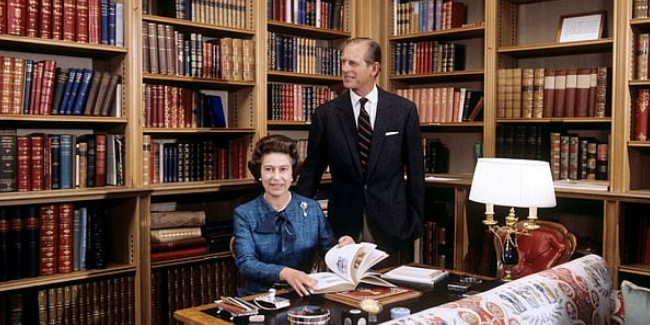
Her Majesty Queen Elizabeth II died on Thursday 8 September 2022, having served the nation for more than 70 years.
She became the longest reigning British monarch in 9 September 2015, having ascended to the throne on 6 February 1952, aged 25. Celebrations to mark her Platinum Jubilee took place earlier this year.
Throughout her long reign, the Queen has witnessed huge changes in society and the way we live. Her Coronation in June 1953 was the first to be televised, against the wishes of then Prime Minister Winston Churchill. The decision to allow
cameras into Westminster Abbey was vindicated, with millions of people across the UK tuning in to watch the ceremony. It highlighted the Queen’s recognition that a post-war Britain was on the cusp of change, and ushered in a reign
that would come under intense media interest for her and her family for the next seven decades.
In the 70 years since she ascended the throne, Britain and the world has seen unprecedented change – more so than during the reigns of any of her predecessors. From advances in technology – the Queen had already been on the throne for
17 years when Neil Armstrong took humankind’s first step on the moon; to shifts in society, the economy and Britain’s place and role in the world – the changes she has witnessed have been dramatic.
Few of these developments have been more pronounced than the shift into the information age, with billions of people connected through the internet in ways that were unimaginable at the start of her life. Just three months before her birth
John Logie Baird demonstrated the world’s first live television broadcast. Weeks after that, the first transatlantic telephone call was made between London and New York.
It took hours for the newspapers that reported her birth on 21 April 1926 to reach the public – today television beams images around the world instantaneously and those same newspapers that reported on the Queen’s birth now exist digitally,
and can connect with billions of citizens around the world in seconds.
Throughout these changes, the Queen’s service has been marked by an unwavering commitment to the role and her duties – her last official engagement came just days before her death, when she appointed Liz Truss as the 15th British Prime
Minister to serve during her reign.
For the vast majority of her reign she was supported by her Husband Prince Phillip, Duke of Edinburgh, whom she married in 1947, until his death in April 2021.
Both the Queen and her husband had a connection to CILIP – he was a Past President of the Library Association, having served in the role between 1950-51. The Queen herself was Patron of CILIP (and formerly the Library Association) for
more than 40 years, supporting and strengthening the link between the association and its Royal Charter.
Current CILIP President Kate Robinson said: “On behalf of the Board of Trustees, staff and volunteers of the Chartered Institute of Library and Information Professionals (CILIP), as well as that of the entire library, information and knowledge
profession, I would like to offer my sincere condolences on the death of Her Majesty Queen Elizabeth II to HM the King and the Royal Family.
“As our Patron of more than 40 years, Queen Elizabeth was a dedicated and lifelong champion of libraries, literacy and reading. We greatly appreciate Her Majesty’s patronage and the work that she did during her lifetime in support of our profession.”
As well as witnessing huge developments in the world, The Queen also understood that the monarchy needed to change with the times. She oversaw reforms that modernised the Royal Family in ways that would have been hard to imagine when she
became Queen, shifting to a more populist notion of royalty, and becoming more connected to public opinion on issues such as tax and lines of succession.
The Queen and Prince Phillip had four children, Charles – now King Charles III, was born in November 1948, four years before she became Queen. Princess Anne was born in 1950, followed by Prince Andrew in 1960, and Prince Edward in 1964.
She is also survived by eight grandchildren, and 12 great great-grandchildren.




